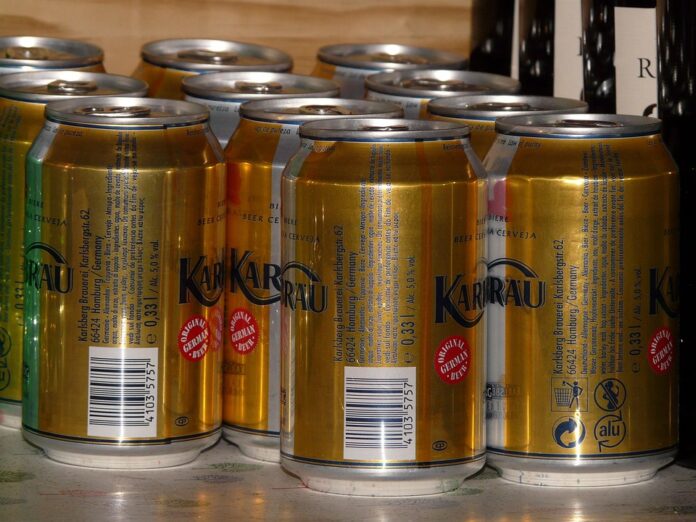Regulatory Compliance in Beverage Packaging
The packaging of beverages plays a crucial role not only in protecting the product but also in ensuring consumer safety and regulatory compliance. Regulators and inspectors closely scrutinize beverage packaging to ensure that it meets all the necessary requirements and standards. In this report, we will explore what regulators and inspectors look for in compliant beverage packaging.
Food Safety Regulations
One of the primary concerns of regulators and inspectors when it comes to beverage packaging is food safety. The packaging material must be safe for contact with food and beverages, and it should not leach harmful chemicals into the product. Regulators typically look for compliance with regulations such as the Food Safety Modernization Act (FSMA) in the United States or the European Union’s Regulation (EC) No 1935/2004 on materials and articles intended to come into contact with food.
Labeling Requirements
Regulators also pay close attention to the labeling of beverage packaging. Labels must accurately reflect the contents of the product, including ingredients, nutritional information, and allergen warnings. Misleading or inaccurate labeling can lead to regulatory action and fines. Companies must ensure that their packaging complies with regulations such as the FDA’s Food Labeling Guide or the EU’s Regulation (EU) No 1169/2011 on the provision of food information to consumers.
Sustainability and Environmental Impact
In recent years, there has been a growing focus on sustainability and the environmental impact of packaging. Regulators and inspectors now also consider factors such as recyclability, biodegradability, and overall environmental footprint when evaluating beverage packaging. Companies are increasingly being held accountable for their packaging choices and are encouraged to adopt more sustainable practices.
Quality Control and Safety Standards
Regulators and inspectors also look for compliance with quality control and safety standards in beverage packaging. This includes factors such as seal integrity, tamper-evident features, and overall durability of the packaging. Companies must ensure that their packaging meets industry standards such as ISO 22000 for food safety management or ASTM D3475 for testing the integrity of beverage packaging.
Industry Insights and Trends
The beverage packaging industry is constantly evolving, with new trends and innovations shaping the way products are packaged and presented to consumers. Companies are increasingly investing in sustainable packaging solutions, such as plant-based plastics or compostable materials, to meet consumer demand for environmentally friendly products. The global beverage packaging market is expected to reach a value of $200 billion by 2025, driven by factors such as urbanization, changing consumer preferences, and technological advancements.
Conclusion
In conclusion, regulators and inspectors look for a wide range of factors in compliant beverage packaging, including food safety regulations, labeling requirements, sustainability practices, quality control standards, and industry trends. Companies must ensure that their packaging meets all the necessary requirements to avoid regulatory action and maintain consumer trust. By staying informed about the latest regulations and industry developments, companies can ensure that their beverage packaging remains compliant and competitive in the market.




